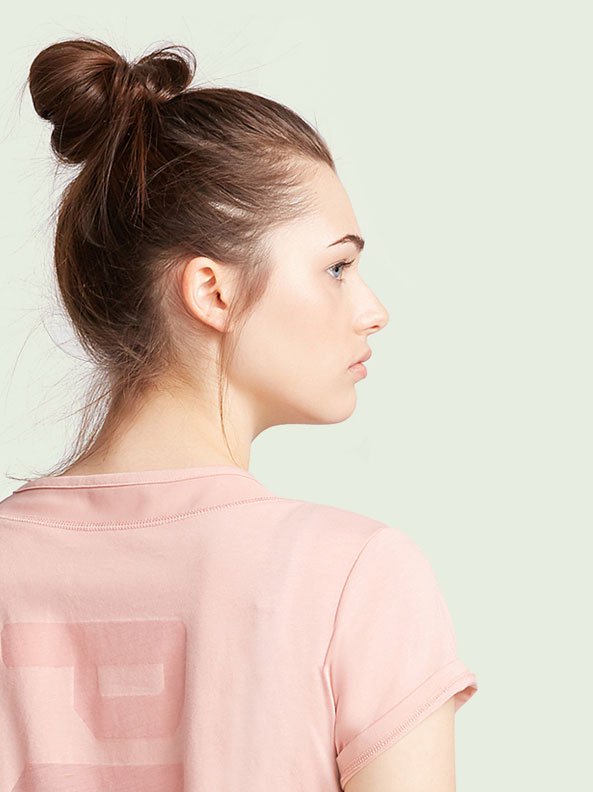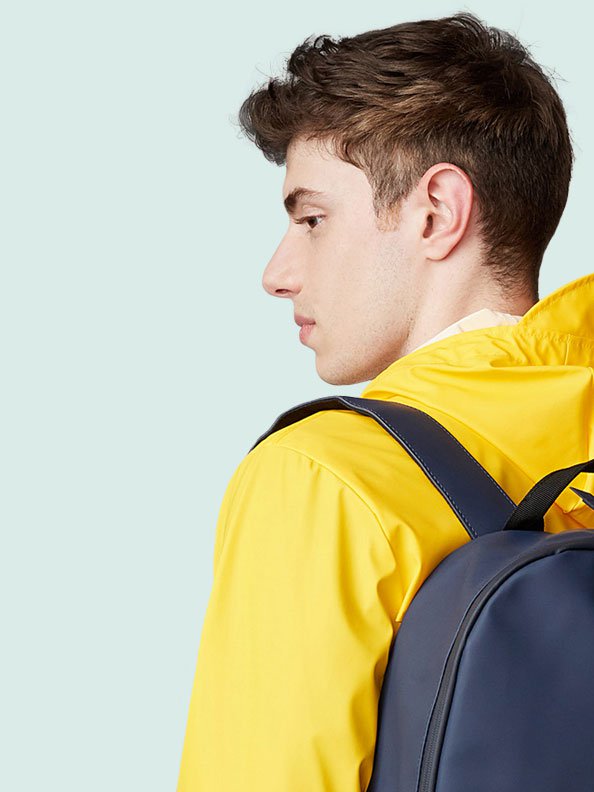Fashion has always been more than just clothes. It’s a language—one that tells stories about who we are, where we come from, and where we’re headed. In 2025, fashion continues to be a dynamic reflection of society, evolving through a blend of technology, sustainability, and individuality. This year’s trends are less about fleeting aesthetics and more about thoughtful choices. Fashion in 2025 is deeply rooted in values—creativity, inclusivity, responsibility, and freedom of expression.
The Return of Personal Style
Perhaps the most exciting shift in 2025 fashion is the triumph of personal style over mass conformity. Social media platforms like TikTok, Instagram, and Pinterest no longer dictate a singular “it” look. Instead, they serve as vibrant arenas for niche communities and diverse fashion aesthetics to flourish. From soft minimalism to cyber goth, from cottagecore to techwear—every subculture has its moment.
Personal style is becoming a badge of authenticity. While influencers still shape trends, the emphasis has moved from “copy this look” to “get inspired, then make it your own.” Consumers are more confident in mixing vintage pieces with modern silhouettes or pairing high-end with second-hand. The modern wardrobe is eclectic, functional, and above all—uniquely personal.
Sustainability is No Longer Optional
In 2025, sustainability is at the heart of every major fashion conversation. Consumers are more informed and conscious of the environmental impact of the industry. Fast fashion has lost much of its appeal, replaced by a growing appetite for transparency, ethics, and sustainability. Shoppers now demand answers: Who made my clothes? What materials were used? What is this brand doing to reduce waste?
Brands that prioritize eco-friendly practices are thriving. From biodegradable fabrics and recycled materials to closed-loop production systems and carbon-neutral delivery—innovation is everywhere. Startups and established labels alike are exploring plant-based leathers, algae dyes, and even lab-grown textiles. Thrifting and upcycling aren’t just trends—they’re lifestyle choices.
Fashion rental platforms have also expanded, offering access to luxury items without the commitment. Capsule wardrobes—small collections of versatile, timeless pieces—are gaining traction. Consumers aren’t buying more; they’re buying better.

Fashion as Art and Protest
More than ever, fashion is a platform for storytelling and activism. In 2025, many designers are using their collections to speak on climate change, gender rights, cultural heritage, and political issues. Runways have become stages for protest, education, and celebration.
Garments often feature text, symbolism, or motifs tied to personal or collective narratives. Limited-edition collections may donate to causes or collaborate with nonprofits. Fashion is increasingly being used to raise awareness and spark conversation—and consumers are listening.
Conclusion: The Future is Personal
Fashion in 2025 is less about chasing trends and more about embracing individuality, purpose, and innovation. It’s a world where your clothes are as functional as they are fashionable, where sustainability is essential, and where self-expression reigns supreme.
We’re entering a new era where fashion is democratic, tech-savvy, and deeply human. Whether you find your joy in a vintage denim jacket, a smart LED trench coat, or a perfectly tailored pair of trousers, one thing is certain: the best thing you can wear is something that feels like you.


